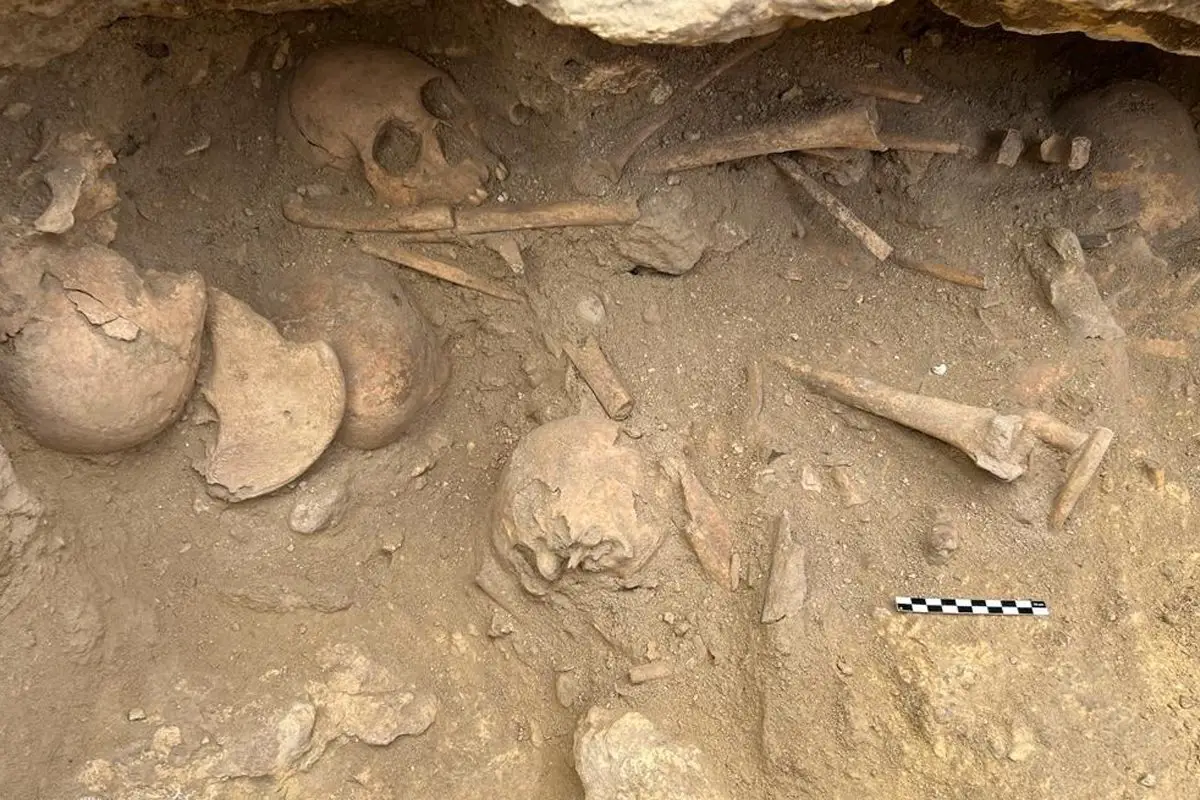Archaeologists from the National Institute of Anthropology and History (INAH) have uncovered a Mixtec-Zapotec tomb in San Juan Ixcaquixtla.
San Juan Ixcaquixtla, located on a hill overlooking a valley in the Mexican state of Puebla, was built on a funerary complex of burial mounds known as “teteles”.
In pre-Columbian times, the Mixtec were one of the major civilizations of Mesoamerica, which lasted from around 1500 BC until 1523.
The term Mixtec comes from the Nahuatl word mixtecah, meaning “cloud people”. Important ancient centres of the Mixtec include the ancient capital of Tilantongo, as well as the sites of Achiutla, Cuilapan, Huajuapan, Mitla, Tlaxiaco, Tututepec, Juxtlahuaca, and Yucuñudahui.
During the zenith of the Aztec Empire, numerous Mixtec communities offered tribute to the Aztecs, yet not all Mixtec towns yielded as vassals. These towns resisted Spanish domination until they were eventually conquered by the Spanish forces under the command of Pedro de Alvarado.

The discovery was made during public works in the town square, revealing two 4 by 2 metre chambers which are part of a larger funerary complex. The researchers have identified three burials deposits containing the skeletal remains of at least 20 individuals that correspond to the Classic Mesoamerican period (AD 100 to 650).
Within the chambers are funerary offerings of 150 ceramic vessels, a carved human bone, a votive axe, and three yokes in a “U” shape often associated with ceremonial ball games.
According to the researchers, “the burials are part of a tradition mortuary, in which spaces were created for the deposition of multiple individuals who were possibly part of some lineage of merchant-warriors.”
The tomb is the third recorded in the town square, with previous excavations in 2004 uncovering a three chambered tomb, and another tomb in 2013.
Header Image Credit : INAH







